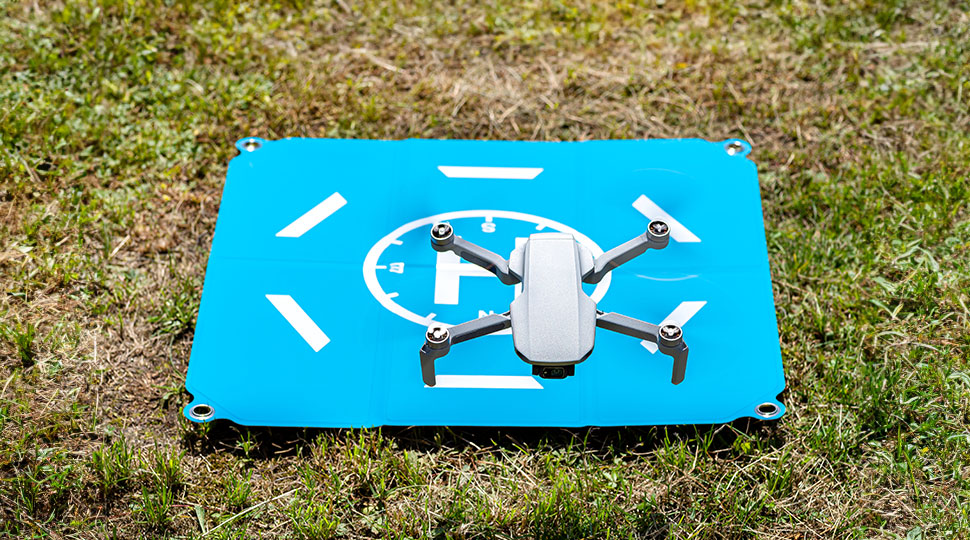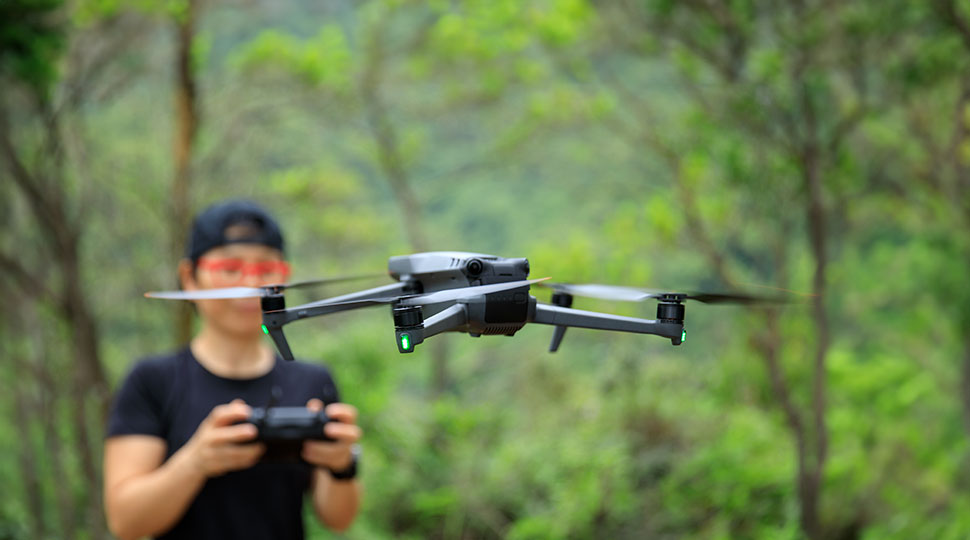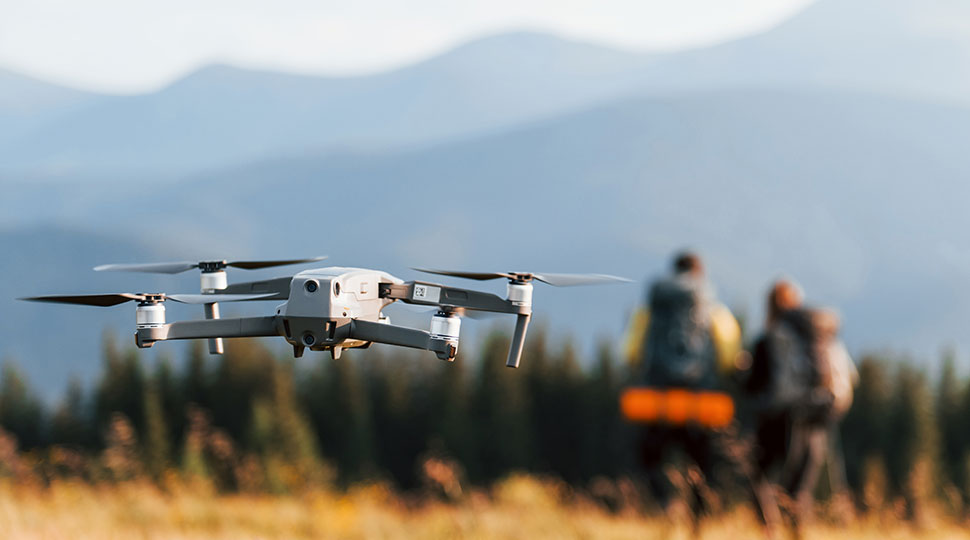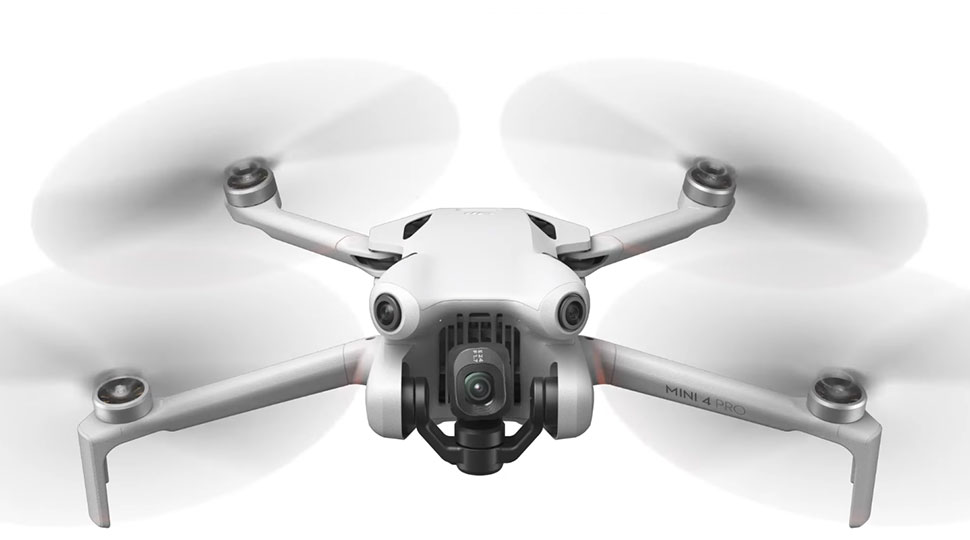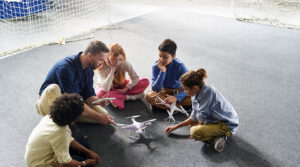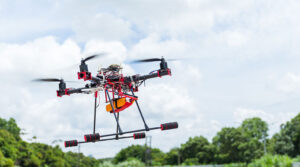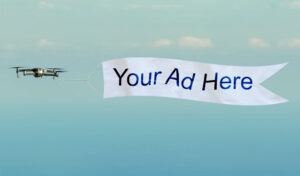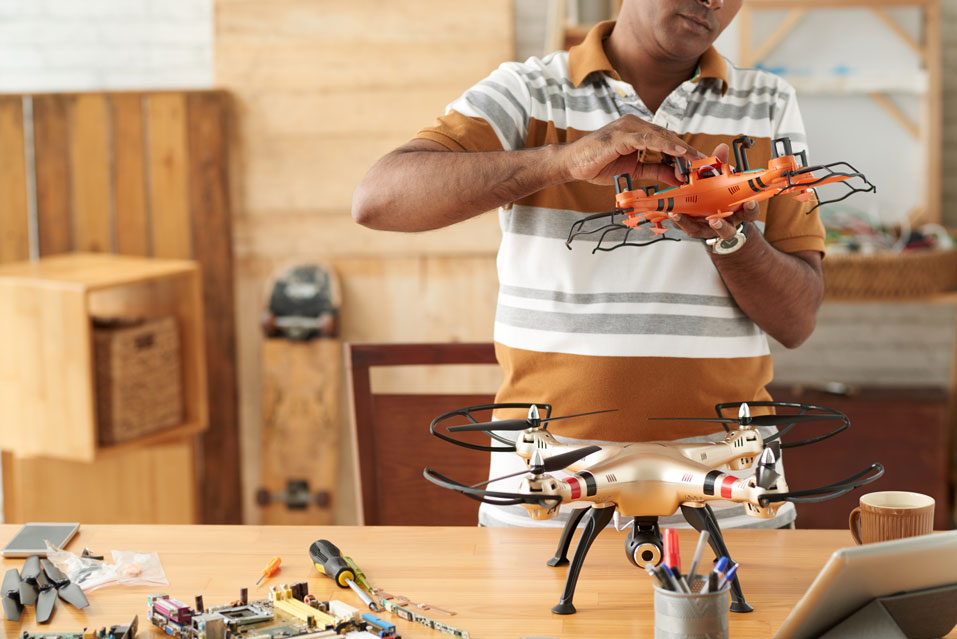
Drones, battery connections, propeller, and all have become increasingly popular for both recreational and commercial purposes. They can be used for aerial photography, surveillance, agriculture, and even search and rescue missions.
However, like any piece of technology, drones can sometimes encounter issues that can impact their performance or even prevent them from flying.
Let’s look at 7 simple steps to quickly diagnose and fix common drone problems, including battery connections, propellers, and GPS issues.
Get the latest articles in your inbox fresh and ready to read …
Get the New To Drones "All Access Pass"
All Access Pass members enjoy unlimited access to entire articles – 100% FREE
By signing up you agree to our Terms of Service and Privacy Policy. You also agree to receive our newsletters (you can easily and quickly opt-out at any time).
You will receive free access to all of our articles while you are a member of the site.
Step 1: Check Battery Connections
The first step in diagnosing and fixing common drone problems is to check the battery connections. The battery is the primary power source for the drone, and a poor connection can result in a lack of power, causing the drone to malfunction or not function at all.
To properly inspect the battery connections, start by turning off the drone and unplugging the battery. Look for any signs of damage or wear on the battery connectors, such as bent or corroded pins. It’s also important to ensure that the battery is properly seated in the drone’s battery compartment and that the connectors are making solid contact.
Common issues associated with poor battery connections include the drone not powering on, sudden power loss during flight, or inconsistent performance. If you suspect that your drone’s battery connections are the cause of its issues, try cleaning the connectors with a soft brush or cloth, or consider replacing the battery if the connectors appear damaged.
Step 2: Inspect Propellers for Damage or Imbalance
Damaged or imbalanced propellers can cause a variety of issues for your drone, including reduced flight stability, erratic movements, and even crashes. Therefore, it is essential to inspect your drone’s propeller for any signs of damage or imbalance.
Propeller damage can occur for various reasons, such as collisions with objects, wear and tear from regular use, or manufacturing defects. To identify if your drone’s propellers are damaged or imbalanced, start by visually inspecting each propeller for cracks, chips, or other signs of damage. You can also check for imbalance by holding the drone in your hand and spinning each propeller individually. If a propeller wobbles or feels heavier on one side, it may be imbalanced.
Common causes of propeller damage or imbalance include:
- Collisions with objects, such as trees, buildings, or the ground
- Improper storage or transportation of the drone, leading to bent or warped propellers
- Manufacturing defects in the propellers themselves
If you discover any issues with your drone’s propellers, replacing them with a new set is the best course of action. Be sure to check the manufacturer’s guidelines for proper installation and balancing of the new propellers.
Step 3: Troubleshoot GPS Issues
GPS connectivity is essential for many drone functions, such as autonomous flight, return-to-home features, and accurate positioning for aerial photography or mapping. However, GPS issues can sometimes arise, causing the drone to lose its connection to satellite signals, resulting in poor performance or even crashes.
To troubleshoot common GPS issues, start by checking the drone’s GPS antenna for damage or obstructions. The antenna should be securely attached and free of any debris or dirt that might interfere with its ability to receive satellite signals. Additionally, ensure that your drone’s firmware is up to date, as outdated firmware can sometimes cause GPS connectivity problems.
Possible solutions for fixing GPS problems include:
- Updating the drone’s firmware to the latest version
- Rebooting the drone and allowing it to re-establish a connection with GPS satellites
- Checking for any sources of interference, such as nearby electronic devices or structures that may be blocking satellite signals
If you continue to experience GPS issues with your drone, consider reaching out to the manufacturer or a professional drone repair service for further assistance.
Step 4: Examine the Motors and ESCs
The motors and electronic speed controllers (ESCs) are crucial components of your drone, responsible for controlling the speed and direction of the propellers. If one or more of your drone’s motors or ESCs are malfunctioning, it can result in a variety of issues, such as poor flight stability, reduced power, or even complete failure to take off.
To examine the motors and ESCs, begin by visually inspecting each motor for signs of damage, such as bent or broken shafts, or debris caught in the motor. You should also check the ESCs for any signs of damage, such as burnt or corroded components. If you observe any issues, it may be necessary to replace the affected motor or ESC.
Another common issue with motors and ESCs is overheating. If your drone’s motors or ESCs feel excessively hot to the touch, it may be an indication that they are overworked or malfunctioning. To address overheating issues, ensure that your drone’s propellers are properly balanced and that the motors and ESCs are free of debris or obstructions that may impede their cooling.
By following these simple steps, you can quickly diagnose and fix many common drone problems, ensuring that your drone remains in optimal condition for continued enjoyment and use.
Step 5: Update Software or Firmware
It’s essential to keep your drone’s software and firmware up-to-date to ensure optimal performance and prevent potential issues. Manufacturers often release updates to fix bugs, improve flight stability, and add new features.
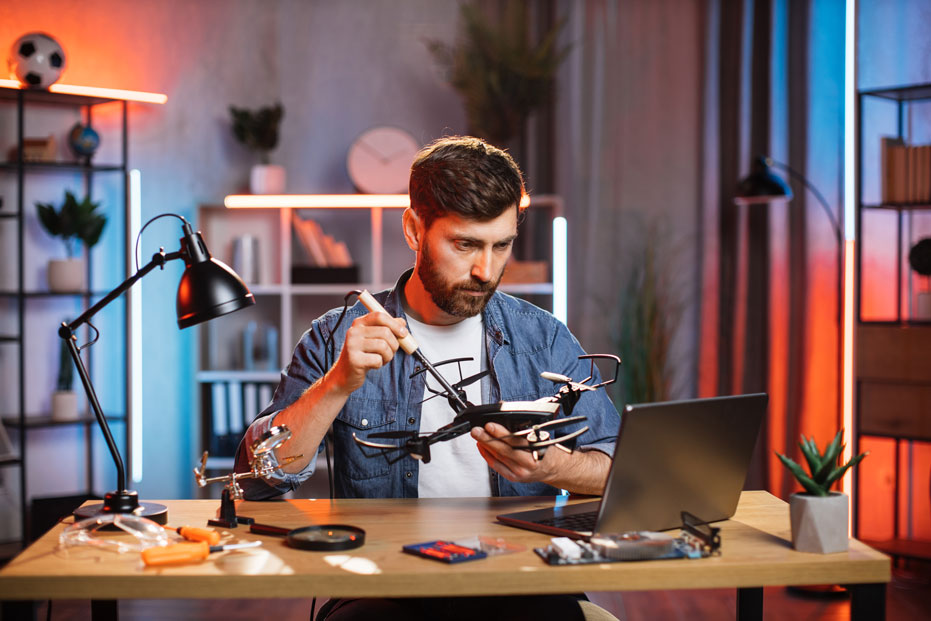
What software updates are necessary for your drone:
- Firmware updates for the drone itself
- Updates for the remote controller or transmitter
- Updates for any companion apps used to control or manage the drone
How often you should update your software/firmware:
- Check for updates regularly, at least once a month
- Always update before using your drone after a prolonged period of inactivity
The importance of regularly updating your software or firmware:
- Ensures optimal performance and stability
- Prevents potential issues that may arise from outdated software
- Provides access to new features and improvements
Step 6: Calibrate Sensors
Sensors play a crucial role in the operation of your drone, enabling it to maintain stability and accurately respond to your commands. Regularly calibrating these sensors can help ensure optimal performance and prevent issues.
Explanation of what sensors need calibrating:
Gyroscope: Measures the drone’s orientation and rotation
Accelerometer: Measures the drone’s acceleration and movement
Compass: Determines the drone’s heading and position relative to Earth’s magnetic field
Barometer: Measures the drone’s altitude by detecting changes in air pressure
Process involved in calibrating sensors:
- Follow the manufacturer’s guidelines for calibrating each sensor
- Typically involves placing the drone on a flat, level surface and following a series of steps, such as rotating the drone in specific directions
Potential benefits from regularly calibrating sensors:
- Improved flight stability and responsiveness
- More accurate positioning and navigation
- Prevention of issues related to sensor inaccuracies
Step 7: Perform Maintenance Checks
Performing regular maintenance checks on your drone can help identify potential issues before they become more significant problems and ensure that your drone remains in optimal condition.
Regular maintenance checks that should be completed:
- Inspect the drone’s frame for cracks or damage
- Check motor bearings for wear or damage
- Ensure all screws and connectors are secure and tight
- Clean and inspect the camera and gimbal for proper operation
Benefits of performing regular maintenance checks:
- Early identification of potential issues
- Prolongs the life of your drone
- Ensures optimal performance and safety
Tips on how often maintenance checks should be done:
- Perform a quick visual inspection before and after each flight
- Complete a more thorough maintenance check every few months or after a specific number of flight hours (as recommended by the manufacturer)
Cleared for Takeoff
In summary, properly diagnosing and fixing common drone problems is essential for maintaining your drone’s performance, safety, and longevity. By following these seven simple steps, such as checking battery connections, inspecting propellers, troubleshooting GPS issues, examining motors and ESCs, updating software and firmware, calibrating sensors, and performing regular maintenance checks, you can ensure that your drone remains in optimal condition for continued enjoyment and use.
Regularly addressing these issues can also help prevent more severe problems and costly repairs in the long run.

